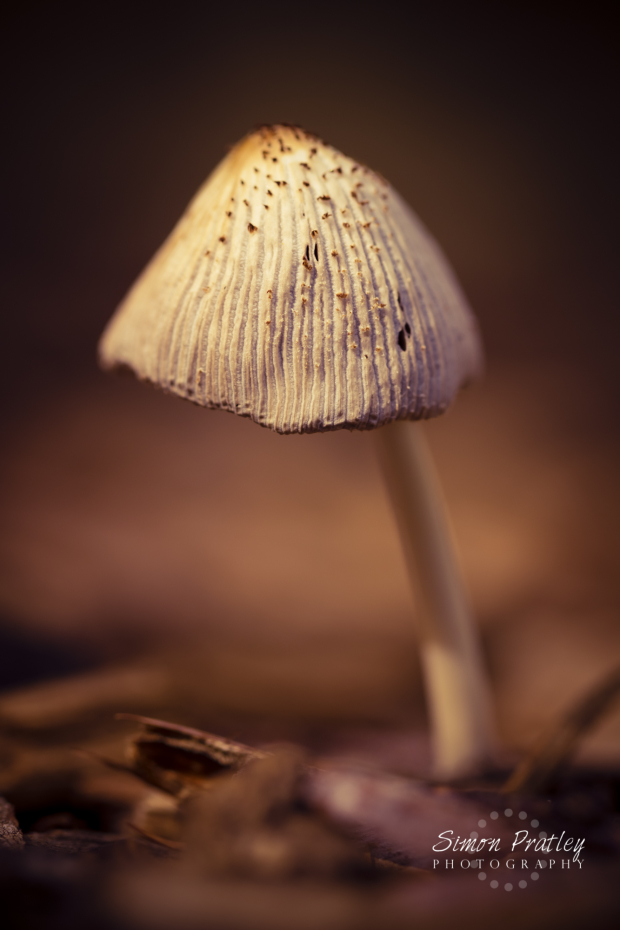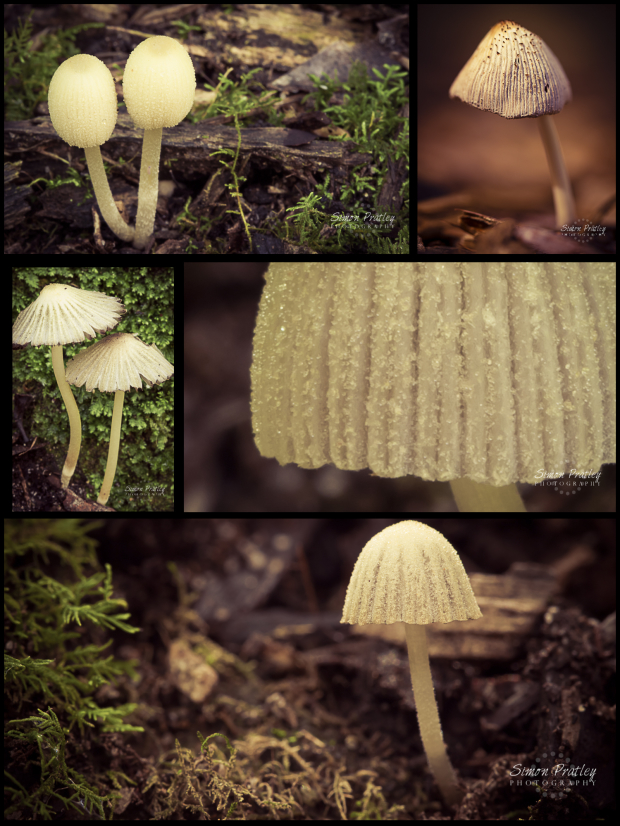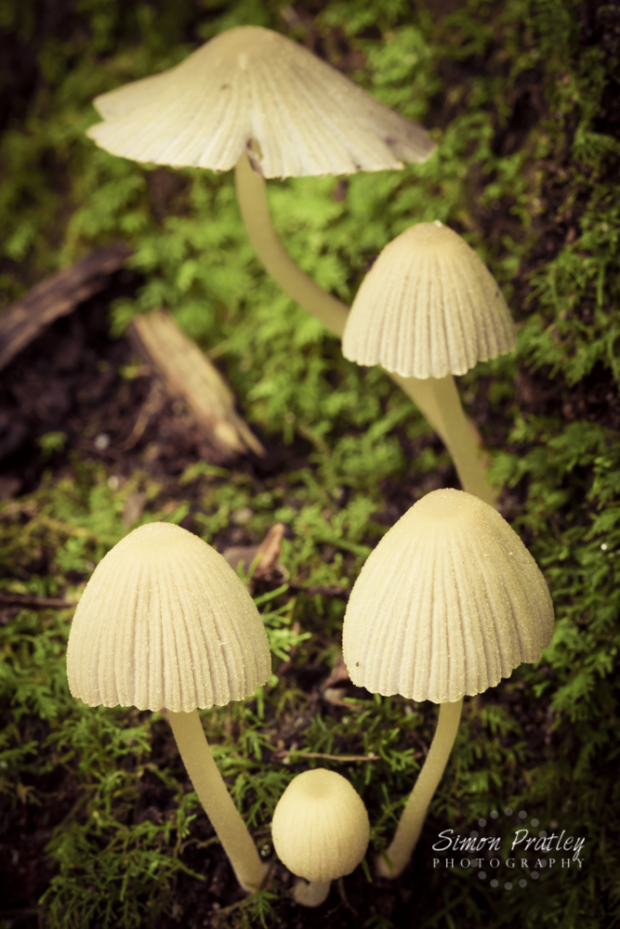

For people interested in nature, autumn is a great time to get out and get amongst it. It’s a perfect time of the year for the landscape photographer as the days are getting shorter, the light is not as intense and the sunsets can last a lot longer, giving more opportunity to catch that perfect shot. Not only that, but in many gardens and parks there are some very interesting things going on. From the changing colours of autumn leaves, to autumn flowers bursting with colour.
Late autumn is the time of the year when the ground is damp but still warm making the perfect time for mushrooms to make their appearance. There are thousands of varieties of mushrooms, many of which are not safe to eat, however they do have their purpose by breaking down dead plant matter and returning nutrients to the soil. They also make great subjects to take photos of, especially with a macro lens.

Since mushrooms grow so close to the ground and in fairly shaded areas a tripod is necessary. This is because the camera will most likely need a slow shutter speed, meaning there is a chance of camera shake if the camera is hand held. Also because the camera will be so close to the ground by using a tripod it saves having to strain your back muscles. If you don’t have a tripod, use a cushion, a book or any other steady object that keeps the camera up off the damp ground.
Yes a plastic bag is a very handy piece of equipment as it can be placed under your knees allowing you to kneel much more comfortably rather than having to kneel directly on the damp ground, or crouch for long periods.
To assist the tripod in avoiding camera shake use a cable release to minimise any movement that a finger can create when pressing the shutter button. If you don’t have a cable release use the camera’s built in timer. This way the camera will take the picture with out having to risk a blurry photo.
Mushrooms are quite often only very small. By using a macro lens it allows us to compose the shot nice and tight making sure we bring the attention to the main subject of the photo. In the photos on this post, I used a 100mm macro lens. If you are using a compact camera, select the macro setting to allow you to get in close to the subject.
If your camera has live view, make use of it when composing your shot. By having the image your focusing on appear on the screen of the camera, it saves having to lie flat out on the damp ground trying to compose the shot trying to look through the viewfinder.